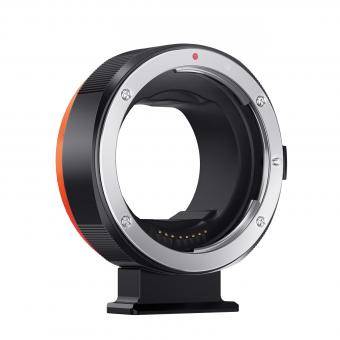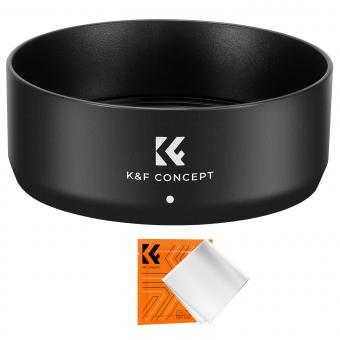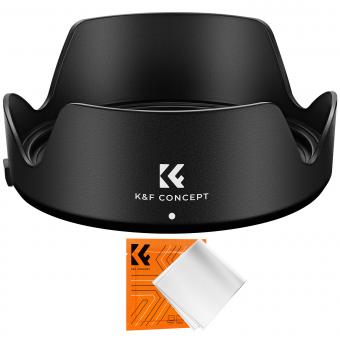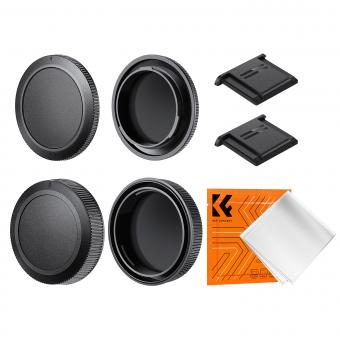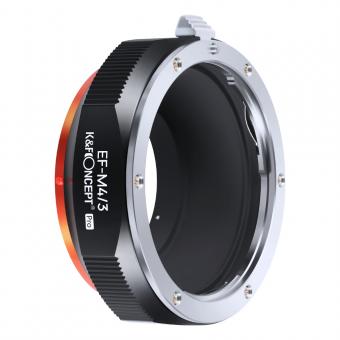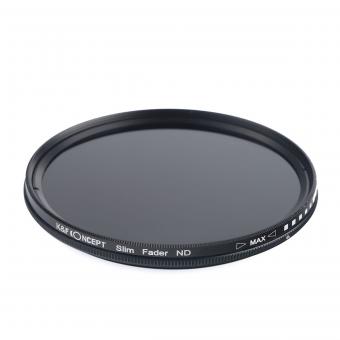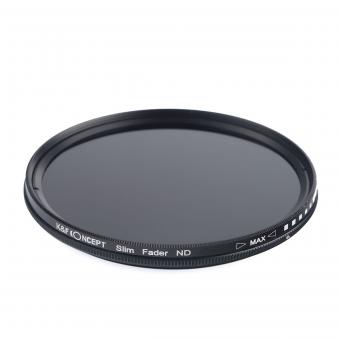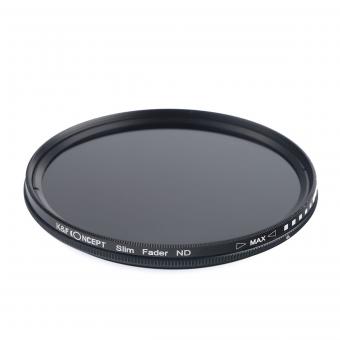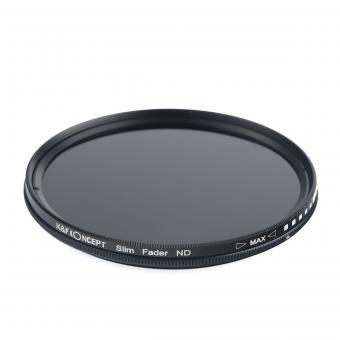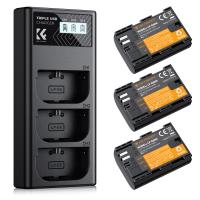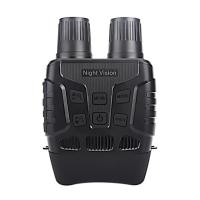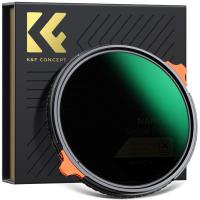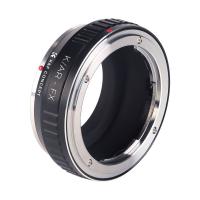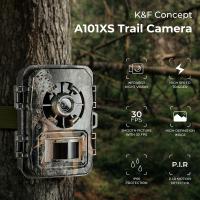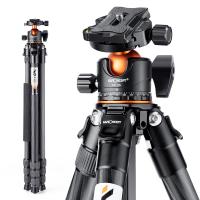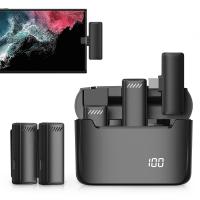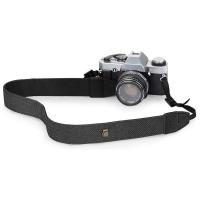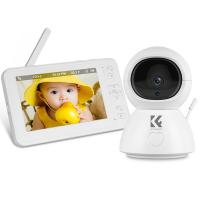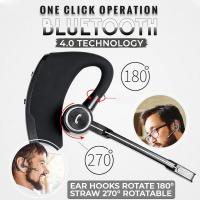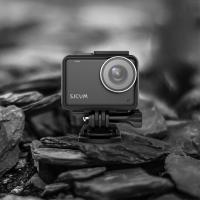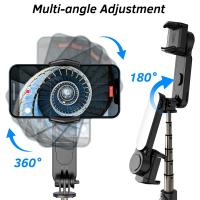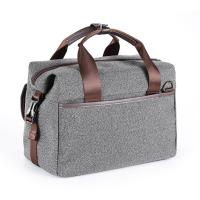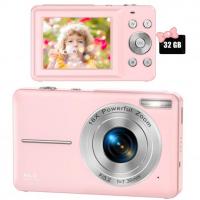Can I Use Ef Lens On Rf Camera?
In the ever-evolving world of photography, the introduction of new camera systems often brings about questions regarding compatibility and usability of existing equipment. One such query that has been frequently asked by photographers is whether EF lenses can be used on RF cameras. This question is particularly relevant for those who have invested significantly in EF lenses and are considering upgrading to the newer RF camera system. In this article, we will delve into the compatibility of EF lenses with RF cameras, the benefits and limitations of using such a combination, and practical tips for photographers looking to make the most of their existing gear.
Understanding EF and RF Mounts
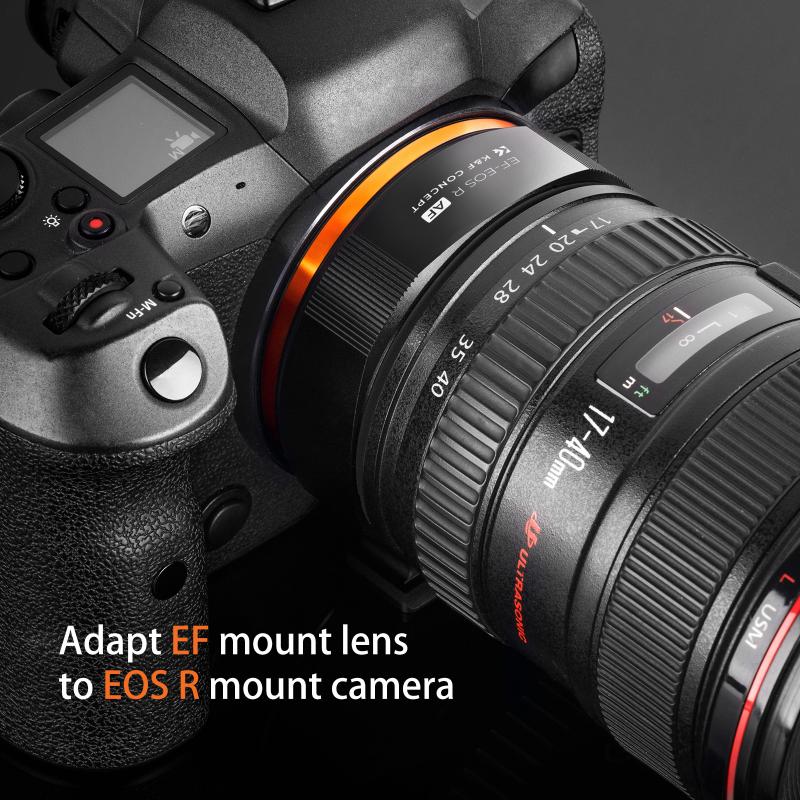
Before we dive into the compatibility aspect, it is essential to understand what EF and RF mounts are. The EF (Electro-Focus) mount was introduced by Canon in 1987 and has been the standard for Canon's DSLR cameras. EF lenses are known for their versatility and have been widely used by both amateur and professional photographers.
On the other hand, the RF (Revolutionary Focus) mount is a newer system introduced by Canon in 2018 with the launch of their mirrorless cameras. The RF mount is designed to offer improved optical performance, faster communication between the lens and the camera, and a more compact design.
Compatibility of EF Lenses on RF Cameras
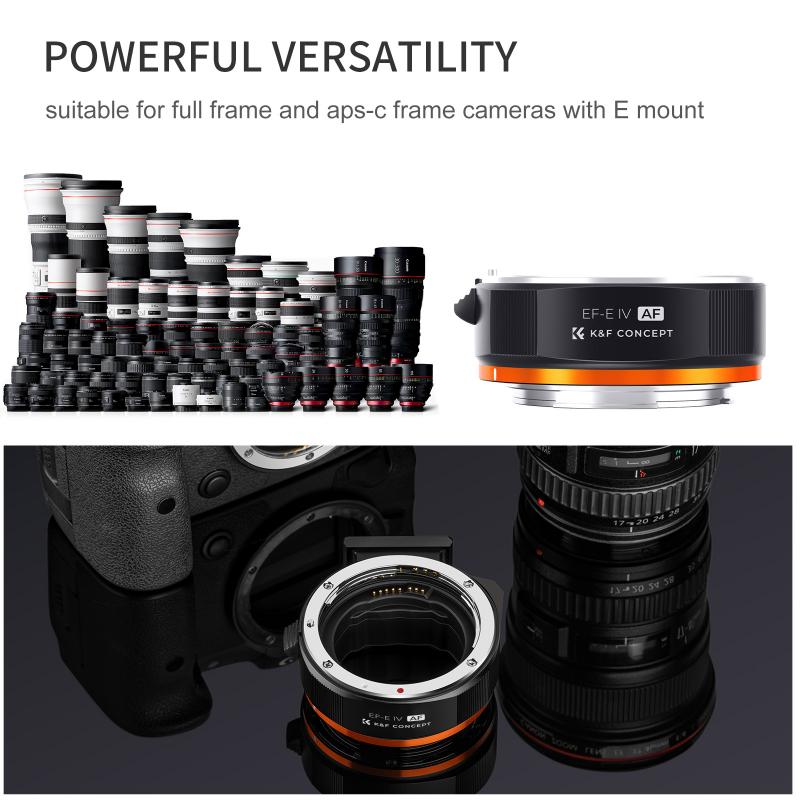
The good news for photographers is that EF lenses can indeed be used on RF cameras. Canon has developed a range of mount adapters that allow EF and EF-S lenses to be mounted on RF cameras. These adapters ensure that the lenses can communicate effectively with the camera body, maintaining autofocus, image stabilization, and other functionalities.
There are several types of Canon mount adapters available:
1. Canon Mount Adapter EF-EOS R: This is the standard adapter that allows EF and EF-S lenses to be used on RF cameras without any loss of functionality.
2. Canon Control Ring Mount Adapter EF-EOS R: This adapter includes a customizable control ring that can be used to adjust settings such as aperture, ISO, and exposure compensation.
3. Canon Drop-In Filter Mount Adapter EF-EOS R: This adapter allows the use of drop-in filters, which can be particularly useful for landscape photographers who frequently use neutral density or polarizing filters.
Benefits of Using EF Lenses on RF Cameras
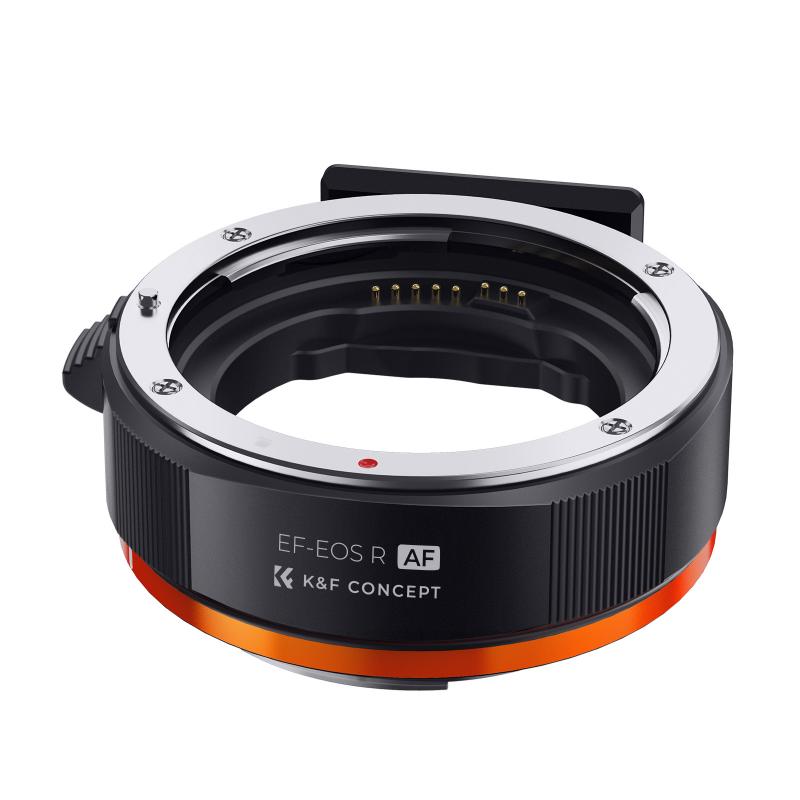
Using EF lenses on RF cameras comes with several benefits:
1. Cost Savings: For photographers who already own a collection of EF lenses, using them on an RF camera can save a significant amount of money. There is no need to purchase new RF lenses immediately, allowing for a more gradual transition to the new system.
2. Familiarity: Photographers who have been using EF lenses for years are already familiar with their performance and characteristics. This familiarity can be advantageous when transitioning to a new camera system.
3. Versatility: The ability to use a wide range of EF lenses on RF cameras provides photographers with greater versatility. Whether it's a specialized macro lens, a fast prime lens, or a versatile zoom lens, the existing EF lens lineup can cover a wide range of photographic needs.
4. Image Quality: EF lenses are known for their high optical quality, and when used with RF cameras, they can continue to deliver excellent image results. The advanced sensor and processing capabilities of RF cameras can even enhance the performance of EF lenses.
Limitations and Considerations

While there are many benefits to using EF lenses on RF cameras, there are also some limitations and considerations to keep in mind:
1. Size and Weight: EF lenses, particularly those designed for DSLRs, can be larger and heavier compared to RF lenses. This can affect the overall balance and handling of the camera, especially when using smaller RF camera bodies.
2. Adapter Dependency: Using an adapter adds an additional component between the lens and the camera. While Canon's adapters are designed to maintain full functionality, there is always a potential for minor compatibility issues or added complexity in the setup.
3. Future-Proofing: As Canon continues to expand its RF lens lineup, there may be new lenses with advanced features and improved performance that are not available in the EF lineup. Photographers looking to take full advantage of the latest technology may eventually need to invest in RF lenses.
4. Autofocus Performance: While EF lenses generally perform well on RF cameras, there may be slight differences in autofocus speed and accuracy compared to native RF lenses. This is particularly relevant for fast-paced photography such as sports or wildlife.
Practical Tips for Using EF Lenses on RF Cameras
For photographers who decide to use EF lenses on RF cameras, here are some practical tips to ensure the best experience:
1. Choose the Right Adapter: Select the appropriate Canon mount adapter based on your needs. The standard adapter is suitable for most situations, but the control ring or drop-in filter adapters can offer additional functionality.
2. Update Firmware: Ensure that both your camera and lenses have the latest firmware updates. Canon frequently releases updates to improve compatibility and performance.
3. Test and Calibrate: Spend some time testing your EF lenses on the RF camera to understand any differences in performance. If necessary, use the camera's micro-adjustment feature to fine-tune autofocus accuracy.
4. Balance and Support: When using larger EF lenses, consider using a tripod or monopod to support the weight and maintain balance. This can help reduce strain and improve stability during shooting.
5. Explore RF Lenses: While using EF lenses can be a cost-effective solution, don't overlook the benefits of native RF lenses. Explore the RF lens lineup to identify any lenses that may offer improved performance or unique features for your photography style.
In conclusion, the ability to use EF lenses on RF cameras provides photographers with a flexible and cost-effective way to transition to Canon's mirrorless system. With the help of Canon's mount adapters, photographers can continue to utilize their existing EF lenses while enjoying the advanced features and capabilities of RF cameras. While there are some limitations to consider, the overall benefits make this combination a viable option for many photographers. By following practical tips and staying informed about the latest developments, photographers can make the most of their gear and continue to capture stunning images.

